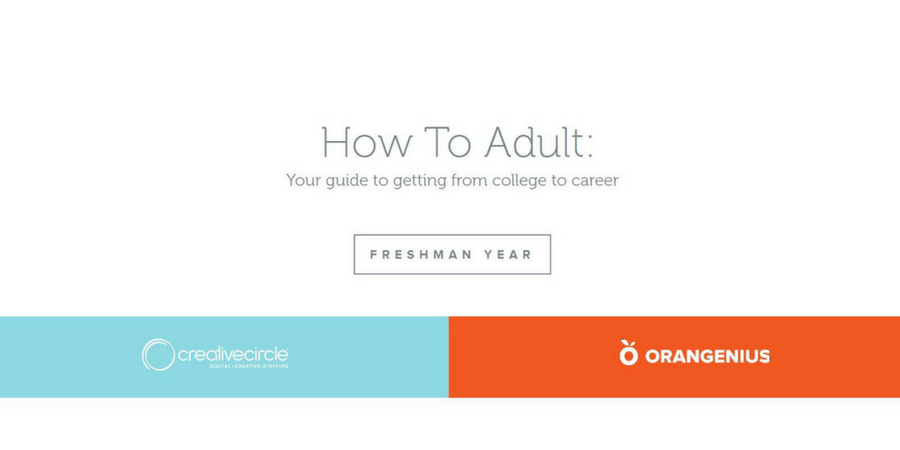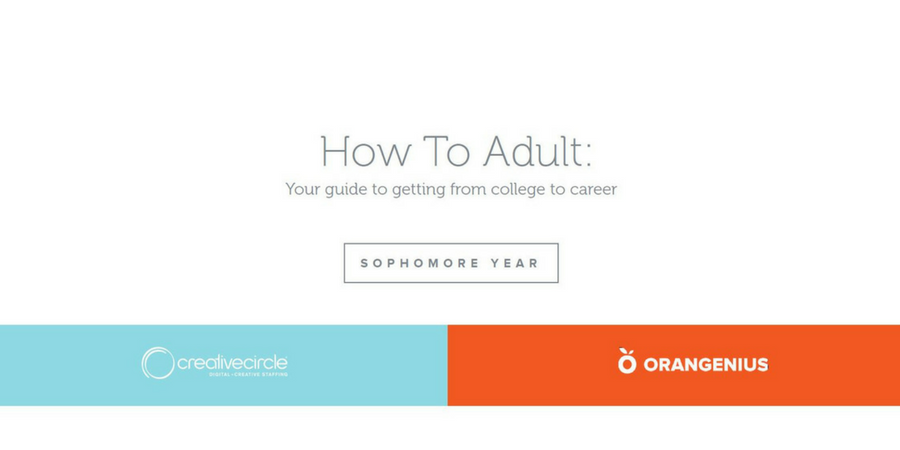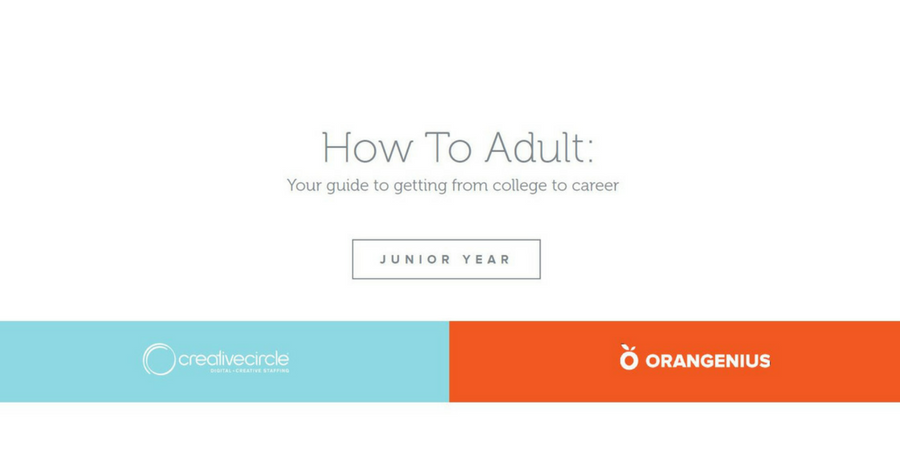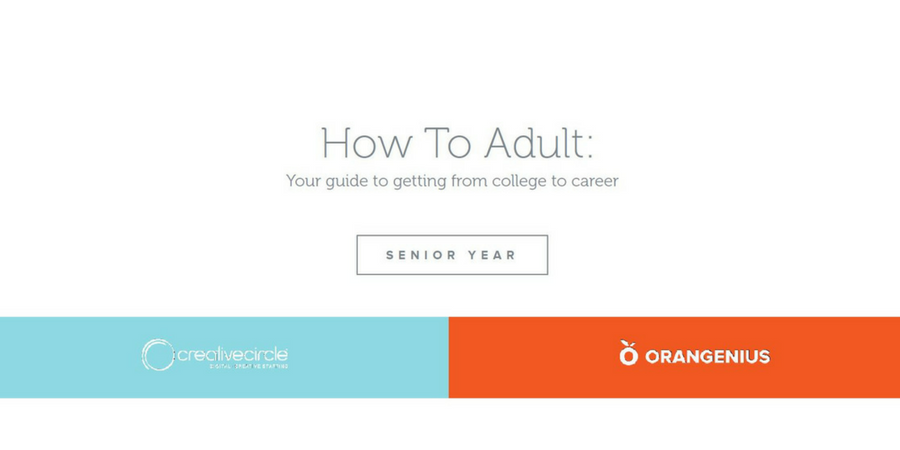Your “Help Wanted” post ran on Monday, and by Thursday afternoon, you were buried keyboard-deep in resumes and CVs. Rather than wading through them all — at the cost of many man-hours, all your sanity, and the potential of missing out on a golden candidate , because you’re at the point where you just. can’t. even. — use our three-point resume test to assess a job seeker’s most important characteristics. Then head over to our Interactive Resume Experience for more tips on reviewing creative resumes.
1. Look at the general presentation of the resume.
Why it matters: Demonstrates the candidate’s overall level of professionalism
How: Let your eyes rest on the resume for a few seconds. Does it invite you to keep reading by providing a clear informational hierarchy, ample white space, bullet points that break up blocks of text, consistency and an understanding of presentation? Or is it a mishmash of colors, fonts, graphic elements, and tiny type that seems to pack more words than punch?
It’s true that there are many ways to format a resume and creative professionals will likely use a little more visual flourish. However, a disastrously designed resume that forgets its first objective — to capture and hold a reviewer’s attention — may be a red flag.
2. Look for a sense of the job seeker’s personal brand.
Why it matters: Good indicator of fit
How: Once you’ve made it past the first hurdle, look deeper at the design, graphic elements, and writing style to get a sense of the candidate’s personal brand. For example, if someone uses a meticulously designed, infographic-style resume with minimalist fonts and active language, this candidate is presenting the brand of an experienced, creative problem-solver who enjoys using both sides of their brain. They’d probably be thrilled to work at a startup, helping to shape all aspects of the brand, and probably wouldn’t flourish as much in a traditional corporate position.
You may also need to look in places other than the candidate’s resume to confirm that the branding is intentional. The candidate’s website, portfolio and business card are other opportunities to showcase their personal brand and can indicate whether they’re a match for your culture and work environment.
3. Look for a combination of keywords and descriptive language
Why it matters: Reveals if they can do the job
How: Scanning for keywords is important, but it’s increasingly common for candidates to stuff their resumes with specific words to pass a filtering program sniff test. Beyond keywords, look for descriptive, natural language that paints a meaningful picture of how the candidate can use their skills to solve problems for a company like yours.
For example:
Candidate A: Skills include UX, UI, After Effects, Google Keywords, written communication
Candidate B: Created all UI elements of a multimedia campaign that resulted in 380,000 impressions and a 4% increase in sales
Sure, Candidate A could probably do the job, but Candidate B gives you a concrete example of results-driven work. You’d be safe to move Candidate B to the top of the “YES!” pile.




